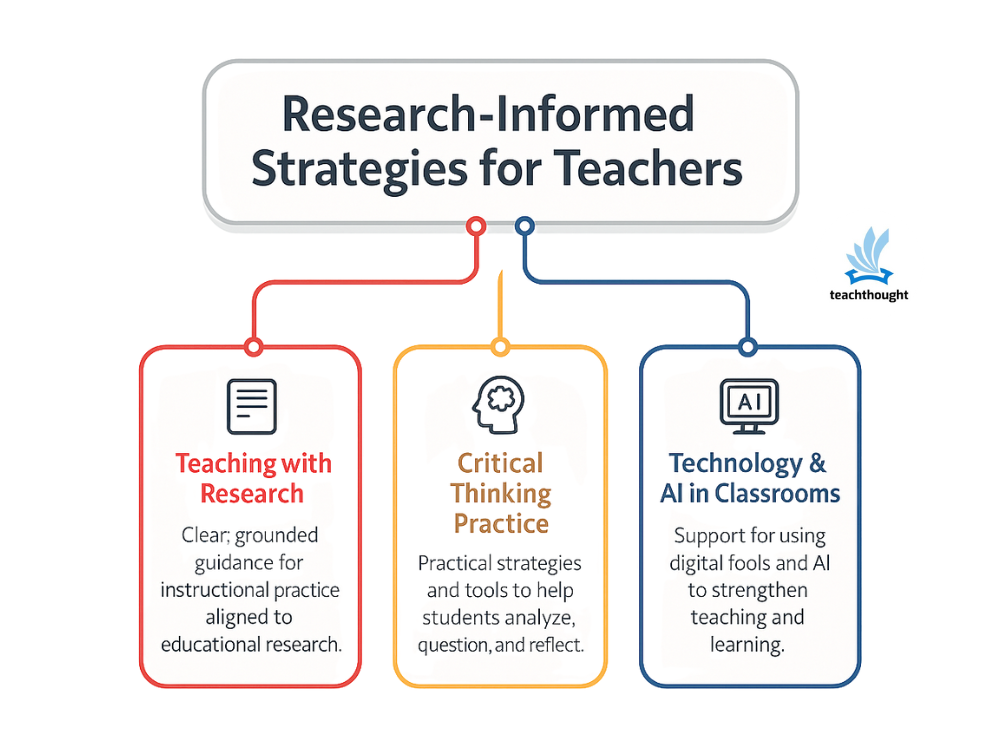contributed by Kimberly Tyson
As you build your collection of books and other media, you’ll want it to best meet the needs of your students. This post will focus on research-based guidelines for an effective and well-balanced classroom library.
There are specific, research-based guidelines toward which you should aim when building your classroom library. As an integral part of a balanced literacy classroom, an effective classroom library includes:
- a core collection of 300 to 600 books (10 -20 books per student) with new books added routinely to spark interest and old, worn, and tattered books discarded periodically;
- a wide variety of formats: wordless books, big books, picture books, chapter books, graphic novels, series books, hardcover books, and paperbacks;
- fiction books – about 40-50% including a wide variety of authors, illustrators, and varied themes;
- nonfiction books – 40 to 60% of the collection should include informational and nonfiction books;
- reference books – 5% of the collection should consist of current reference books, including, but not limited to, dictionaries, thesauruses, almanacs, atlases, and encyclopedias;
- current books – 30% of the books should have been published within the last five years;
- multicultural books;
- multiple copies of popular titles;
- text sets consisting of a set of books on a theme or topic and representing a variety of reading levels;
- books spanning a range of complexity, including predictable, easy-to-read books, leveled books, books of a more challenging nature, and books for independent reading;
- books spanning three grades above and three grades below the designated grade level; and
- materials other than books that include magazines, newspapers, comic books, and writing paper and art supplies to encourage children to respond to their reading.
In addition to various books and formats, a classroom library should ideally be in a clearly defined area out of traffic flow, if possible (see images). Books should be labeled and organized in tubs, shelves, or bookracks and the space should accommodate about 4-5 students at a time. If possible, comfortable furniture or cushions for reading help make the space attractive and inviting for readers. For more ideas, you may want to notice book displays and comfortable seating arrangements the next time you are at your local bookstore.
As you can see, classroom libraries should include diverse materials from various text types and formats best to meet the needs of students and their independent reading. From reading these guidelines, you likely know where your library needs additional resources and focus to reach the guidelines. It is important to note that I realize many teachers use out-of-pocket funds to build their classroom library. Keeping this in mind, I suggest developing short- and long-term goals for building your classroom library.
Most of us don’t have the personal or school budget resources to build the type of library we know would best serve our students in one, two, or even three years. So, think about a specific part of your collection that needs the most attention and perhaps make that your goal for this year. Then think about goals that are reasonable over the next few years in order to build a diverse and rich collection to support independent reading and literacy enrichment for your students.
Going a step further, I suggest that classroom libraries not depend on the resources and generosity of individual teachers and other organizations or grant funds. This type of funding and support ultimately results in inequities across classrooms in a school and across buildings in a district. I suggest that district-level funds be allocated to support the growth and maintenance of classroom libraries to support students equitably across classrooms.
In addition, while these guidelines could easily be printed on a stand-alone handout, I would not suggest simply copying this list and distributing to teachers. The classroom library guidelines are seated within a broader framework of a balanced literacy approach to reading and is designed to serve specific functions, which I’ll lay out in another post. At the school or district level, professional development for teachers may include the following topics specific to classroom libraries:
- the importance of the classroom library and its relationship to reading achievement,
- guidelines for a quality classroom library, and
- how to use the classroom library effectively to increase independent reading.
I hope these posts have helped you think carefully about your classroom library, and how to organize and build your resources to meet the needs of your students. Over the past few years, I’ve had the privilege of helping many teachers and supported district-wide efforts to increase the size and diversity of classroom libraries. In these schools and districts, formal and informal measures show that students choose books more frequently from classroom libraries, have increased their interest in books and time spent in independent reading, and have increased their literacy achievement.
